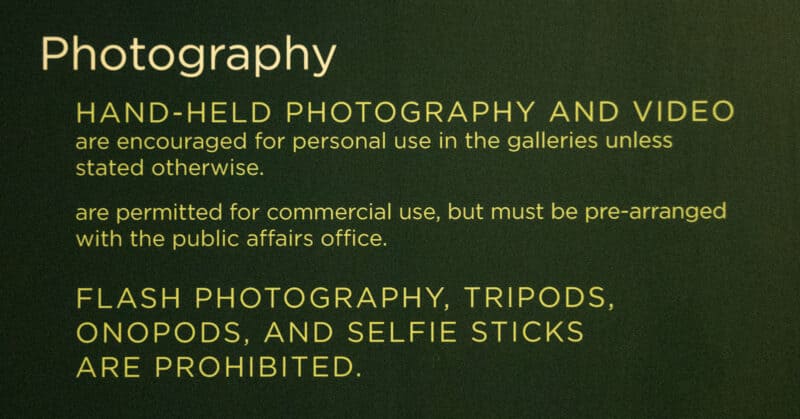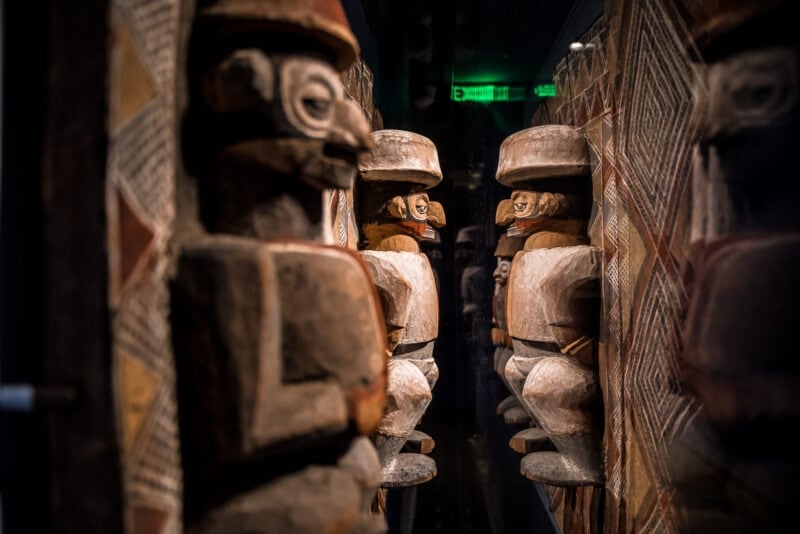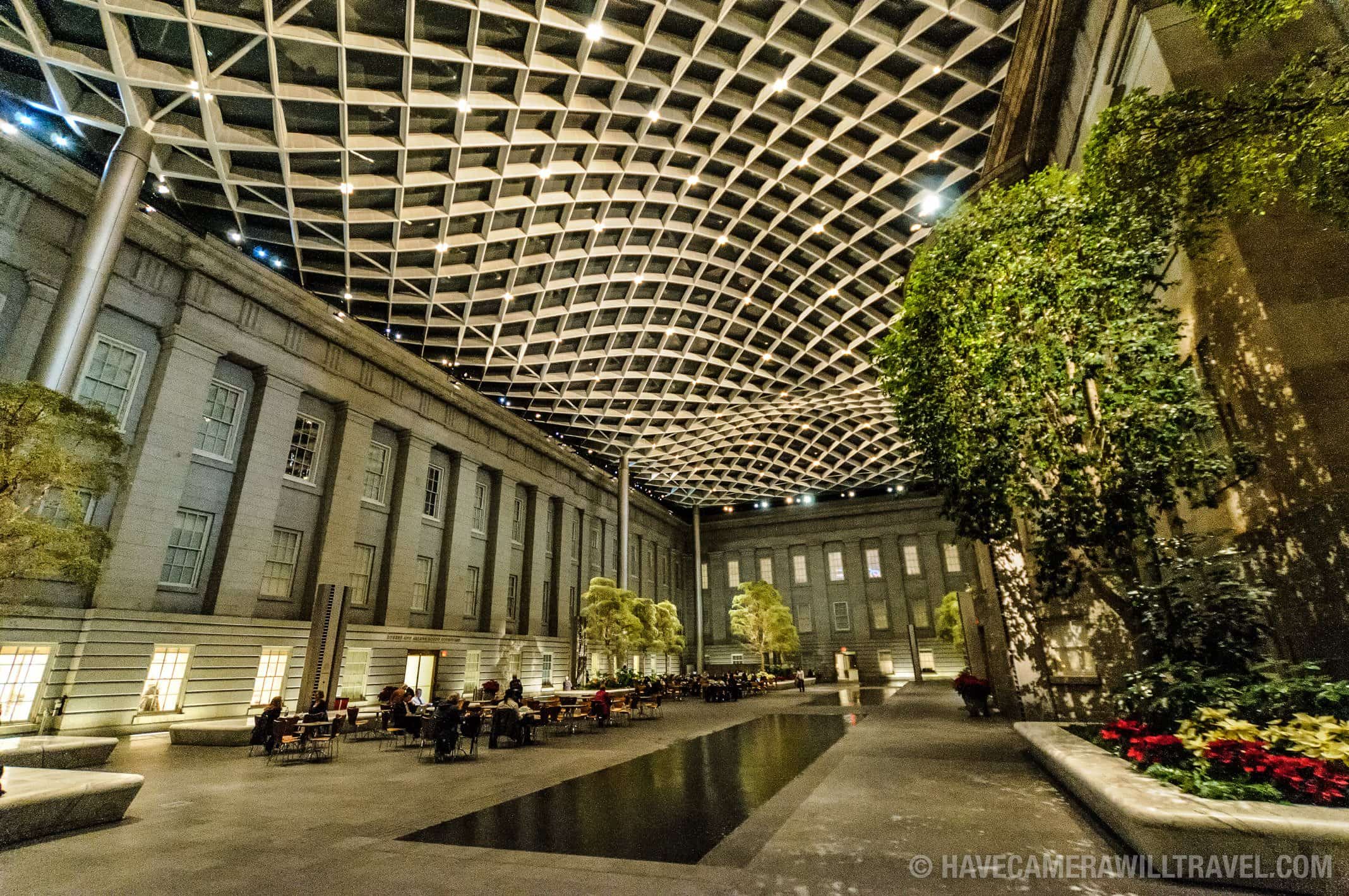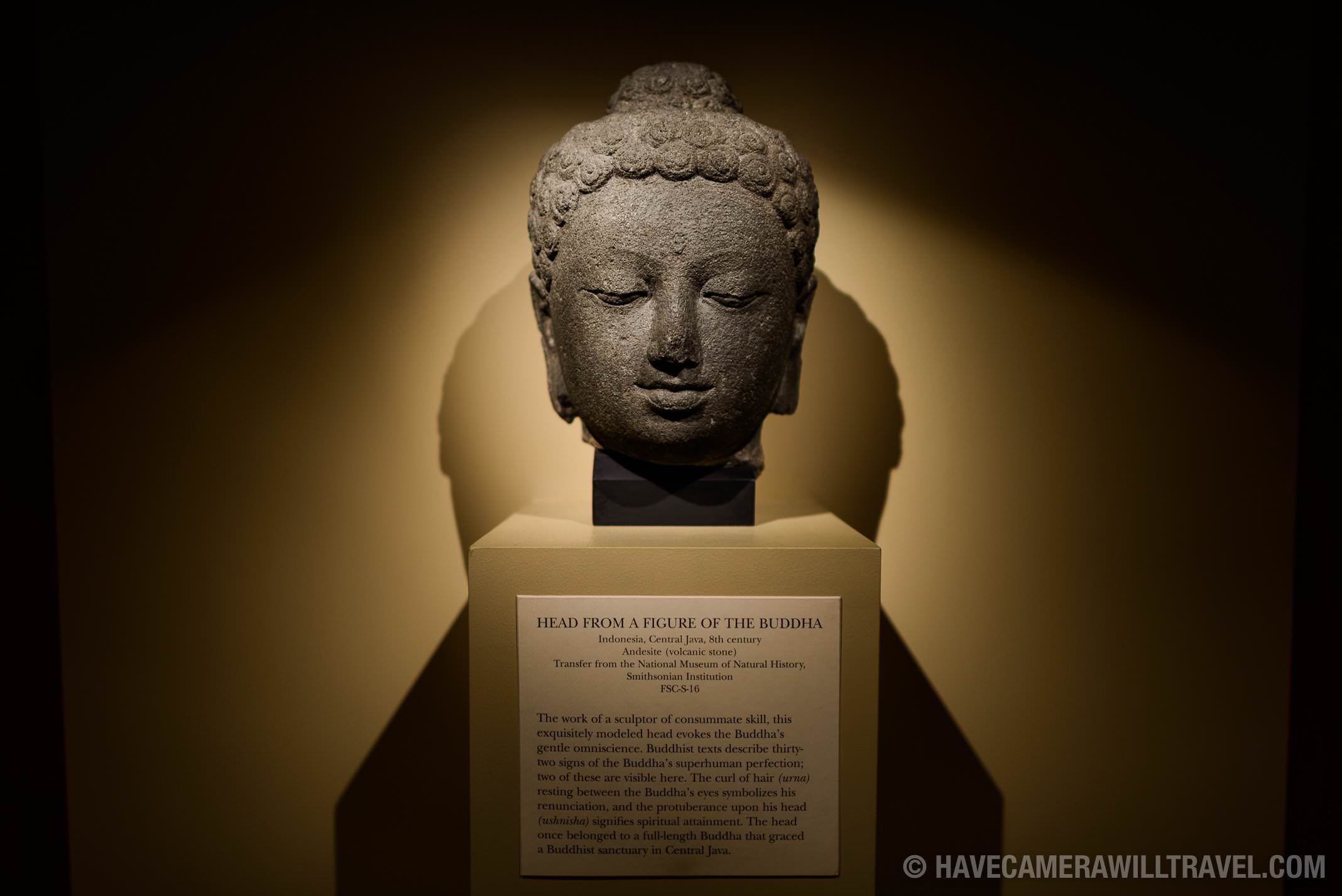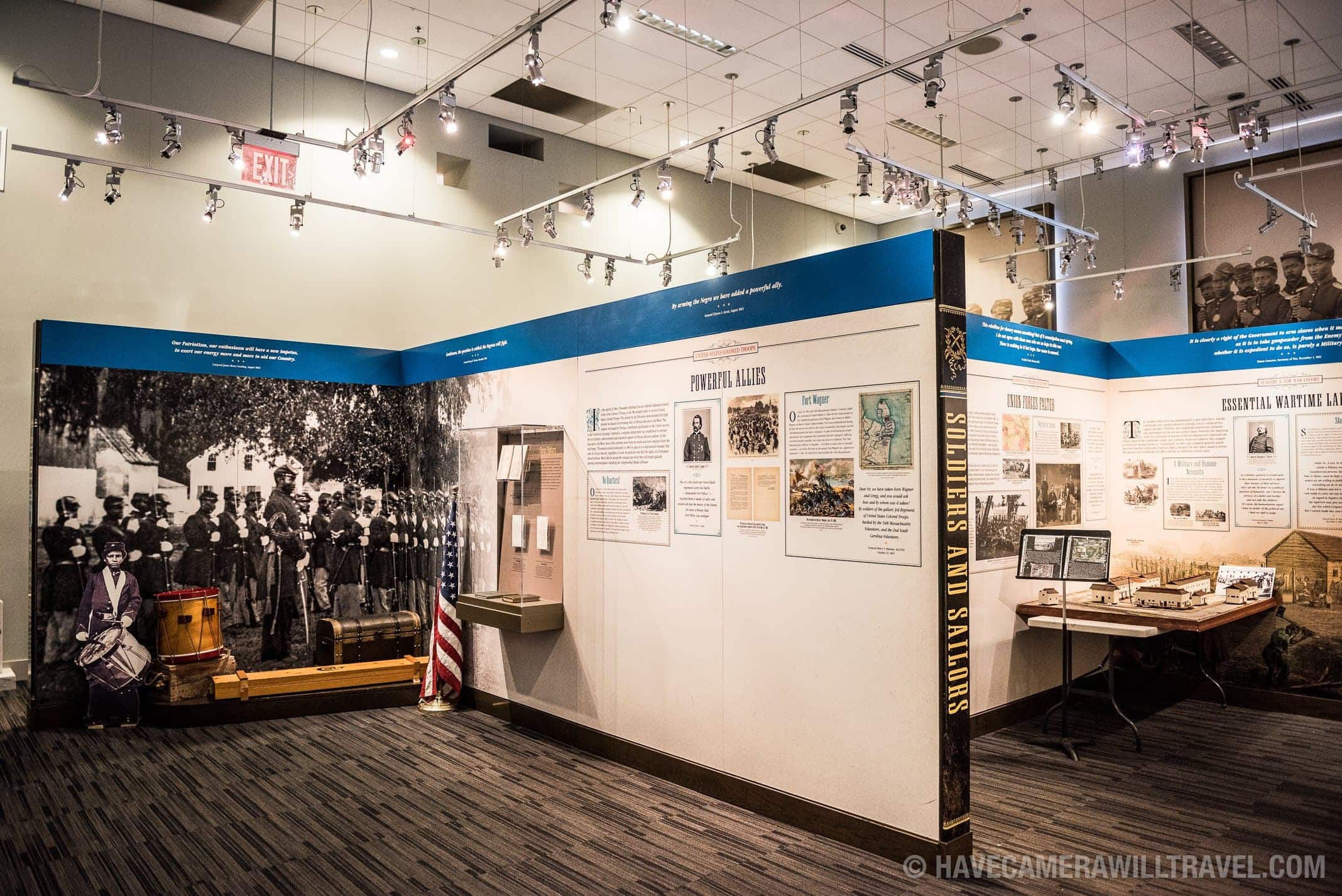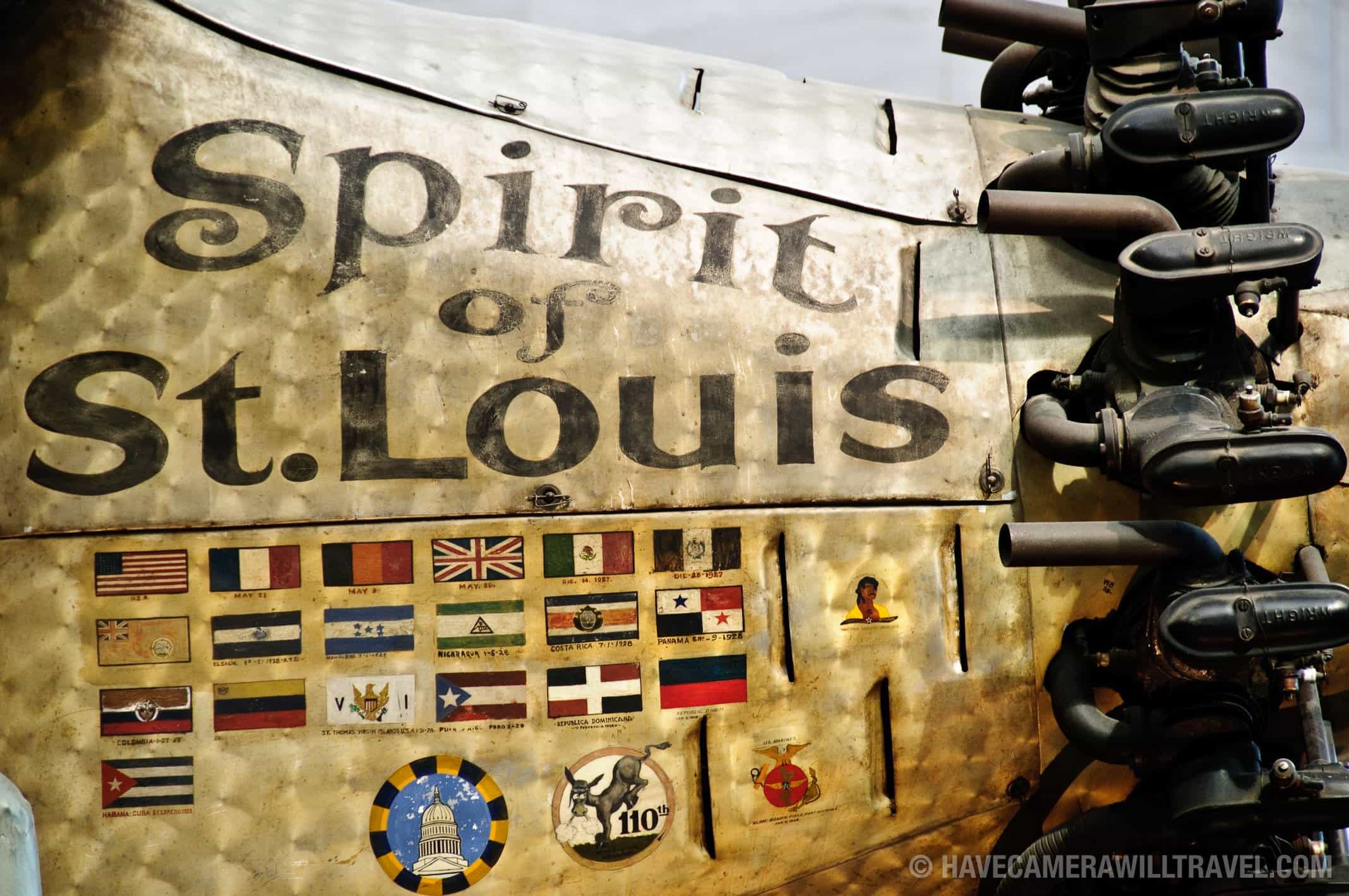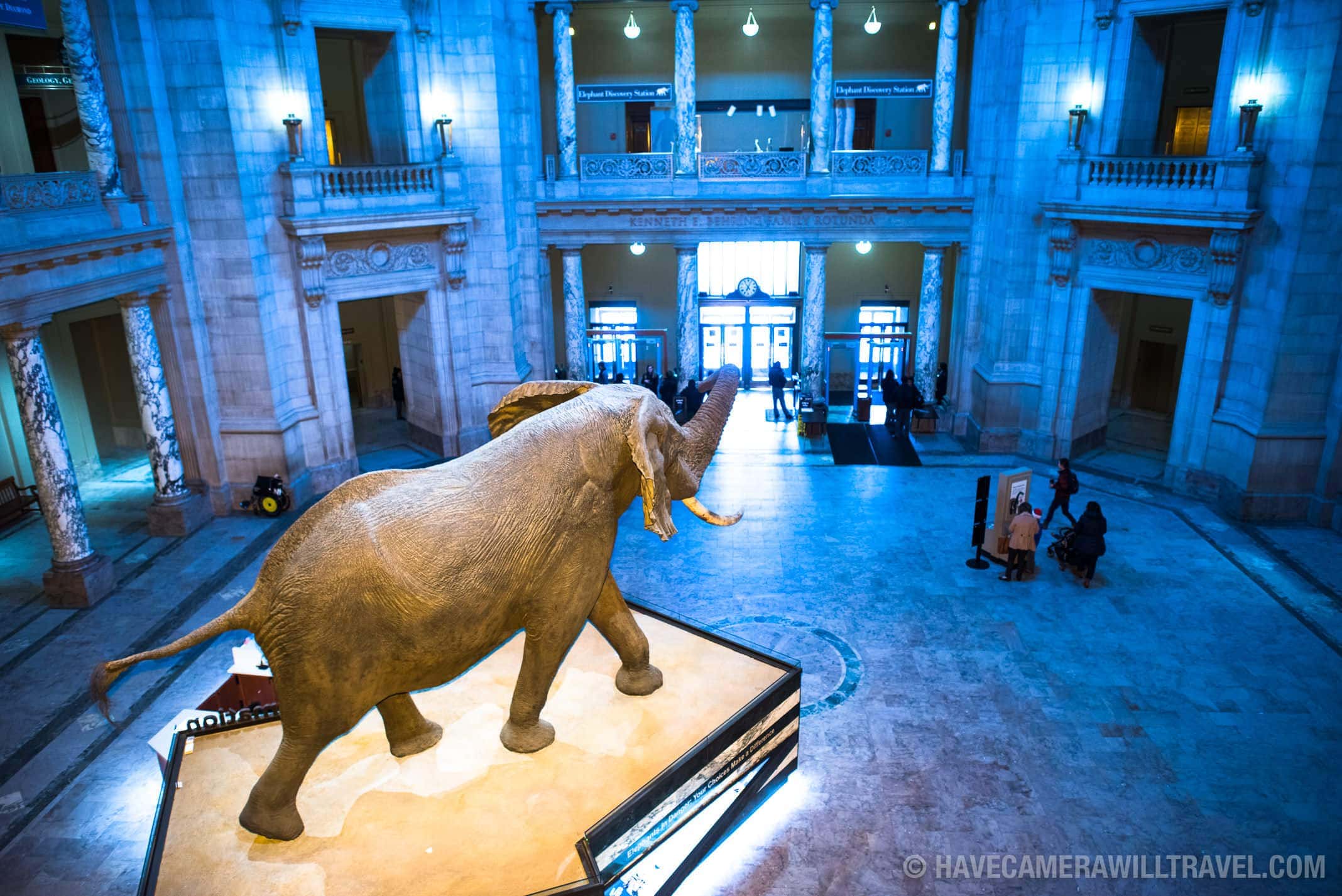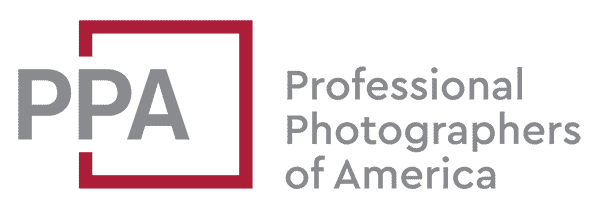The Smithsonian’s National Museum of African Art is well hidden. The facility is built like an underground bunker, with only a tiny portion at ground level. To get to it, you have to head out through the garden at the back of the Smithsonian Castle; the discreet entrance is directly opposite the Sackler Gallery entrance.
But once you’re inside, you’re in for a treat. There are, as you might expect, more than a few ceremonial masks, but there’s a lot more as well. You’ll find tiny, intricately carved statuettes, colorful textiles, modern photography, art made from recycled art, and commentaries on modern life like a cell phone-shaped coffin.
And all the art is displayed expertly. The facility exudes newness. None of the artifacts is crowded. The lighting is beautifully done. And the very effective air conditioning–no doubt helped by the building being mostly underground–makes the museum a wonderfully calming place to escape the crowds and heat above in the height of summer. And be sure to check out the museum’s gift shop if you’re looking for something a bit different.
Photos of the Smithsonian’s National Museum of African Art
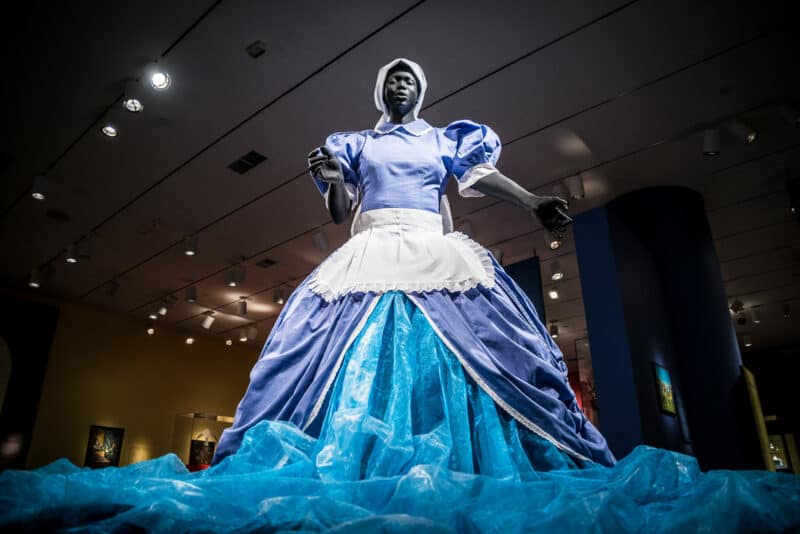

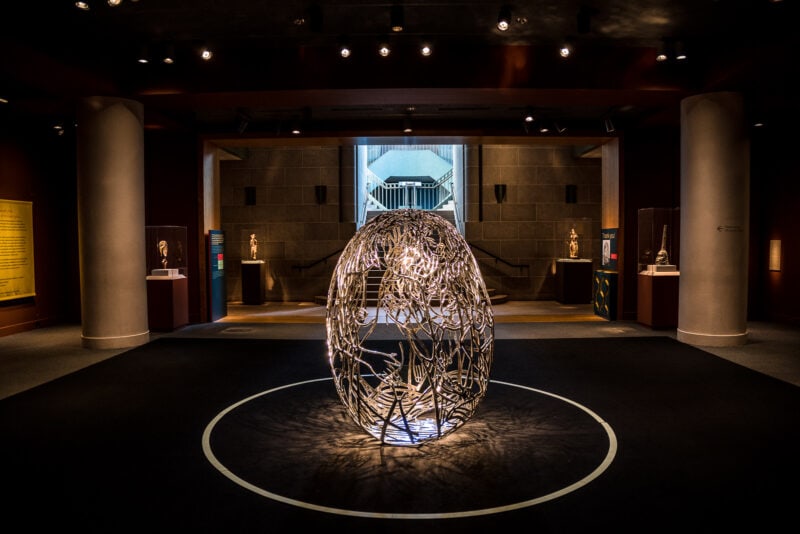




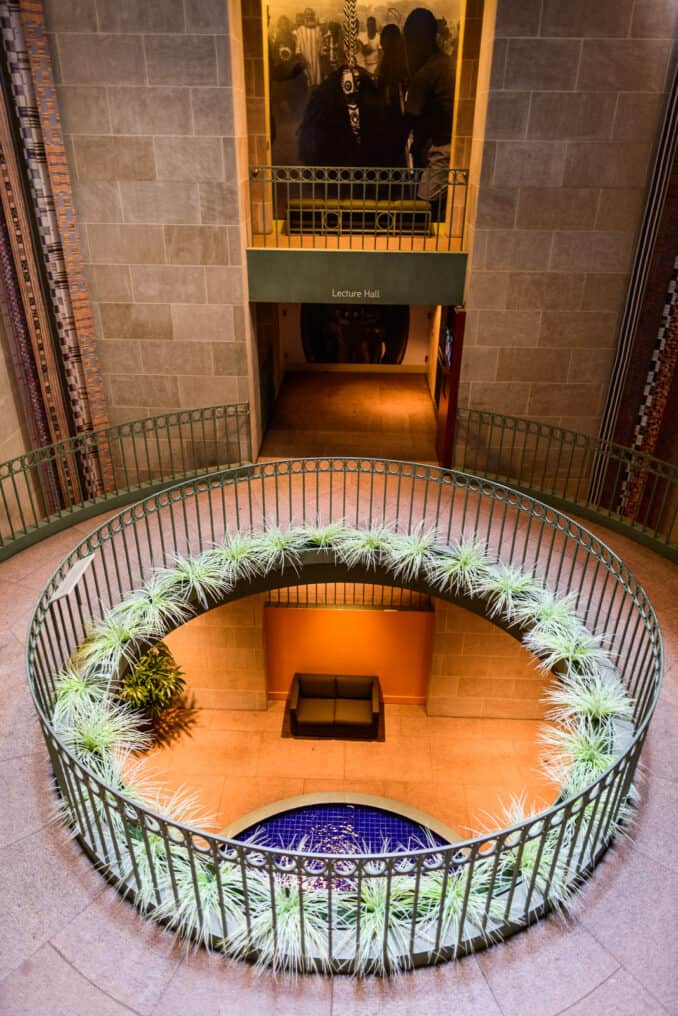


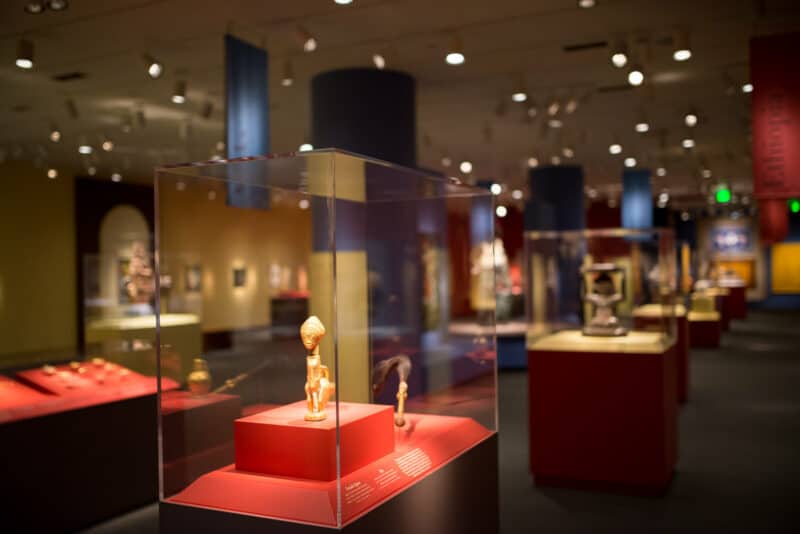
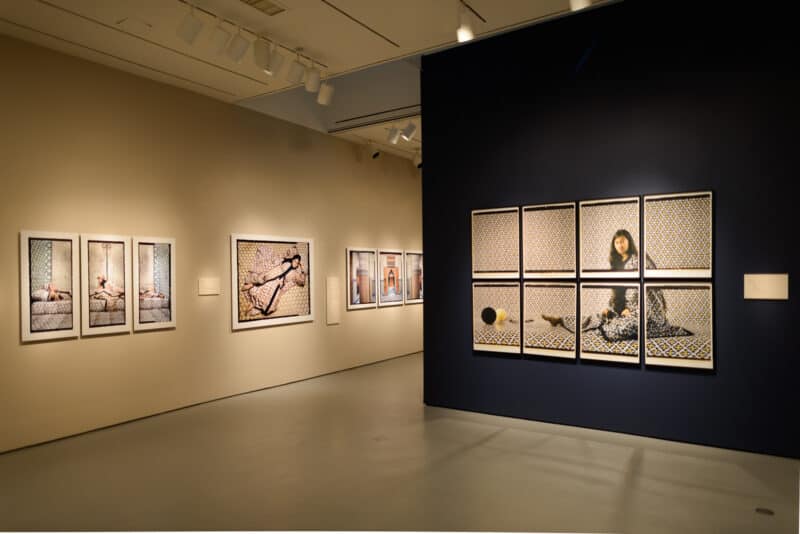
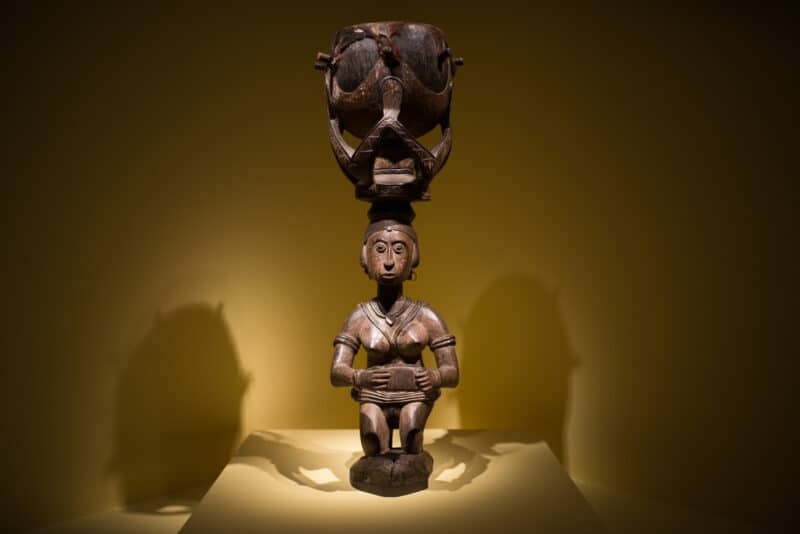
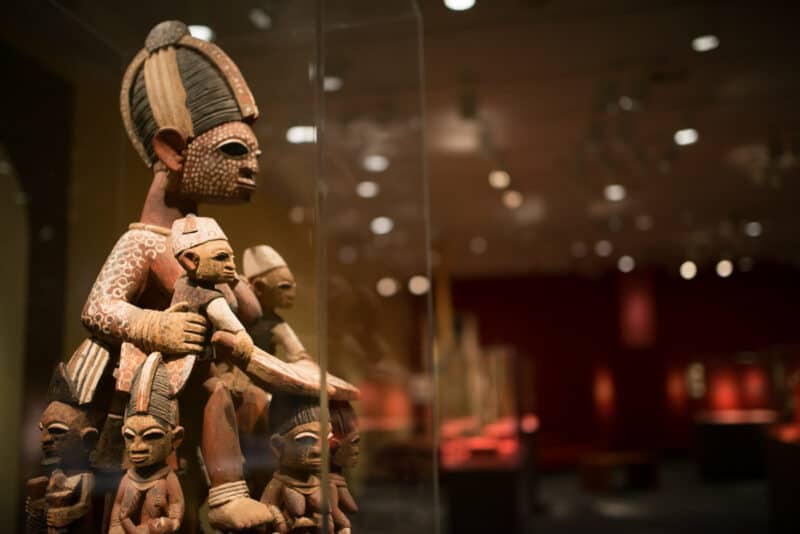

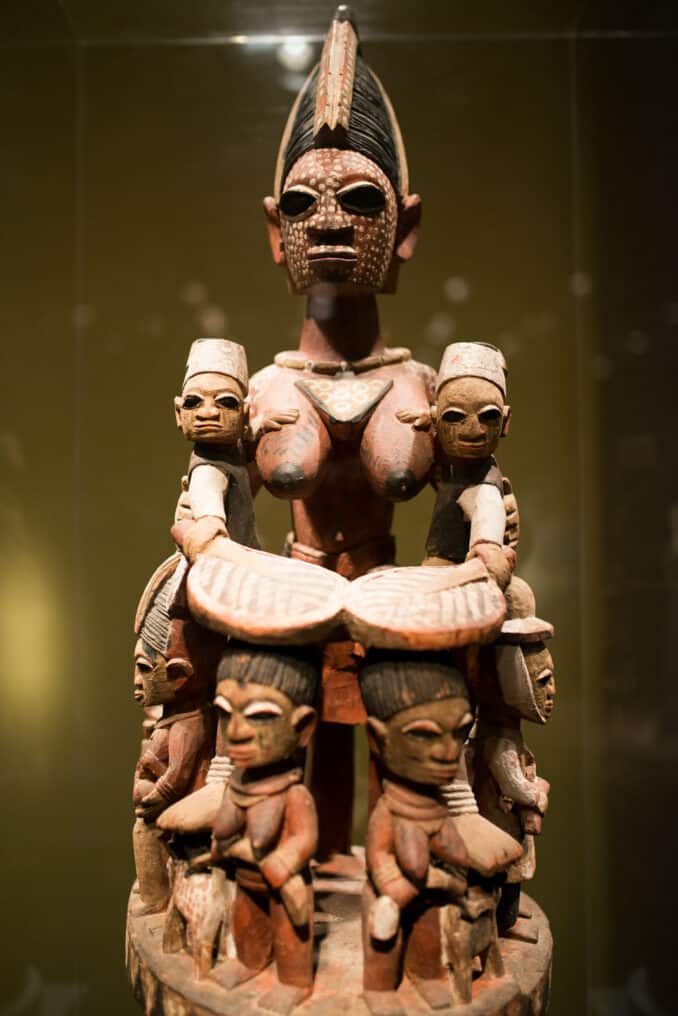
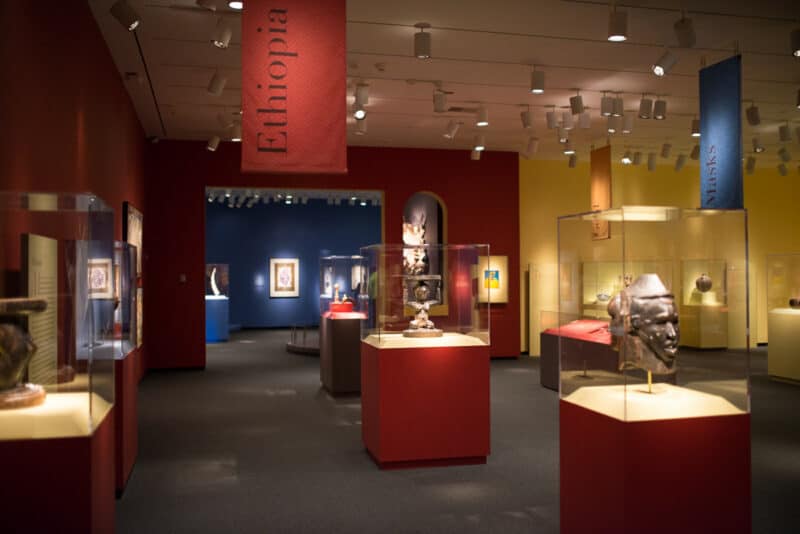

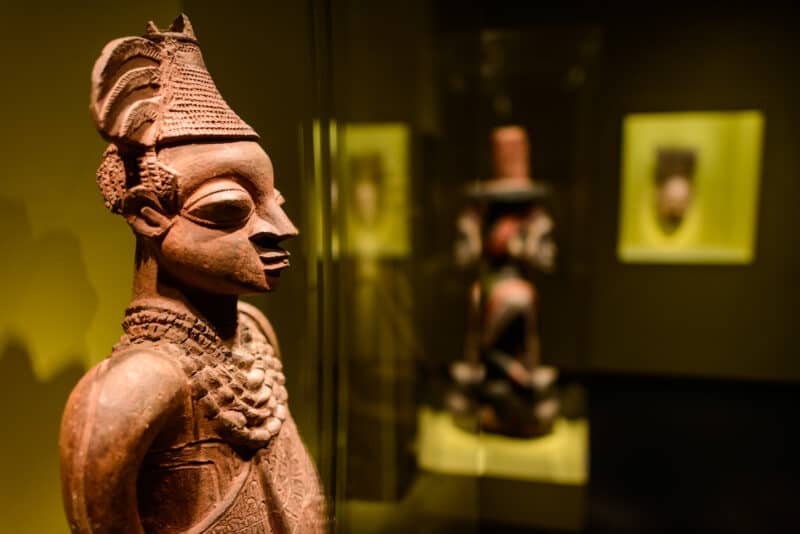

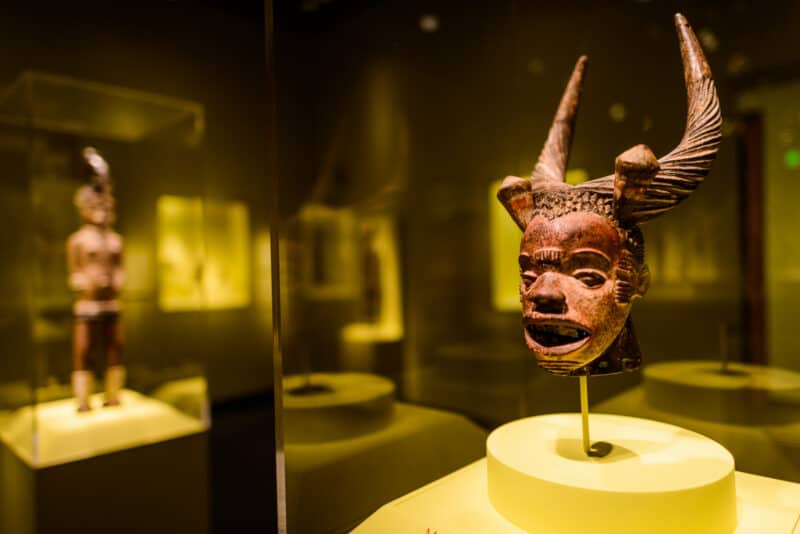
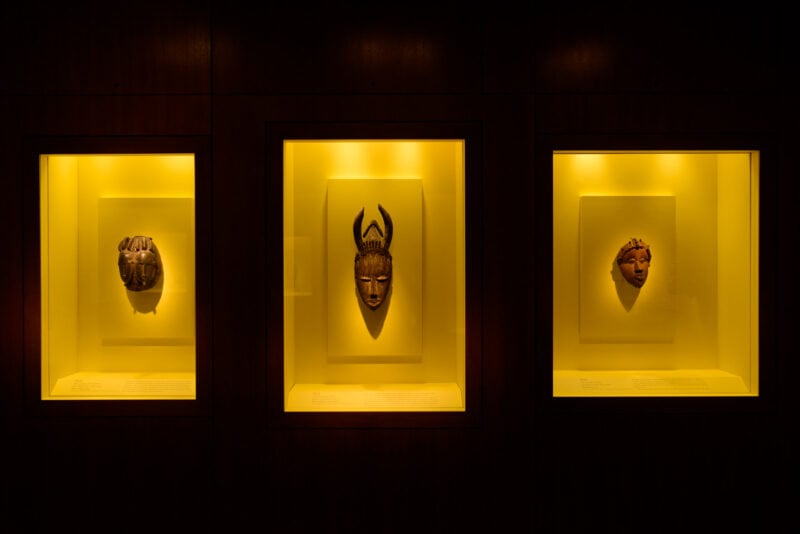
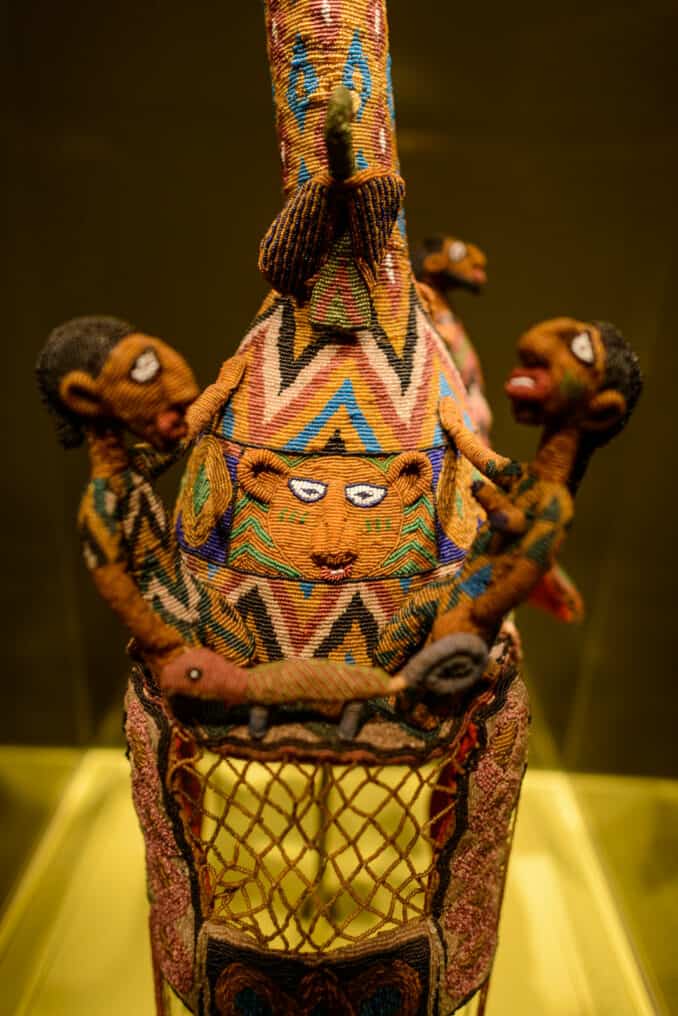


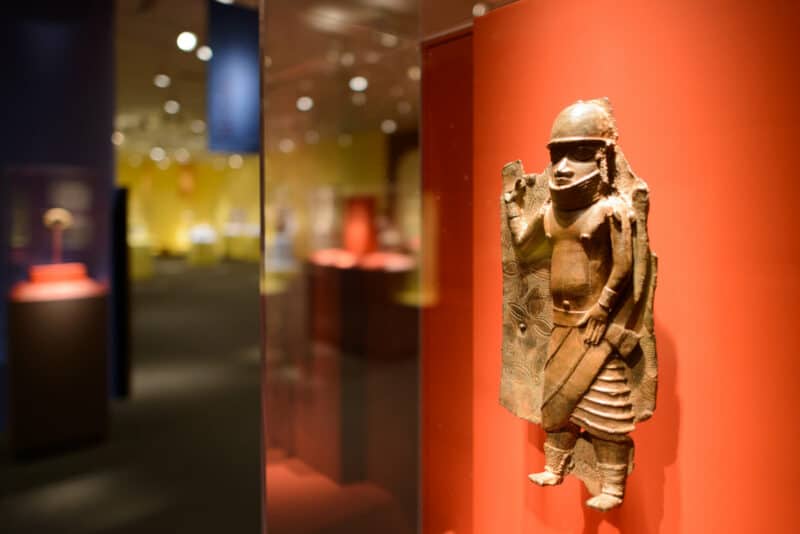
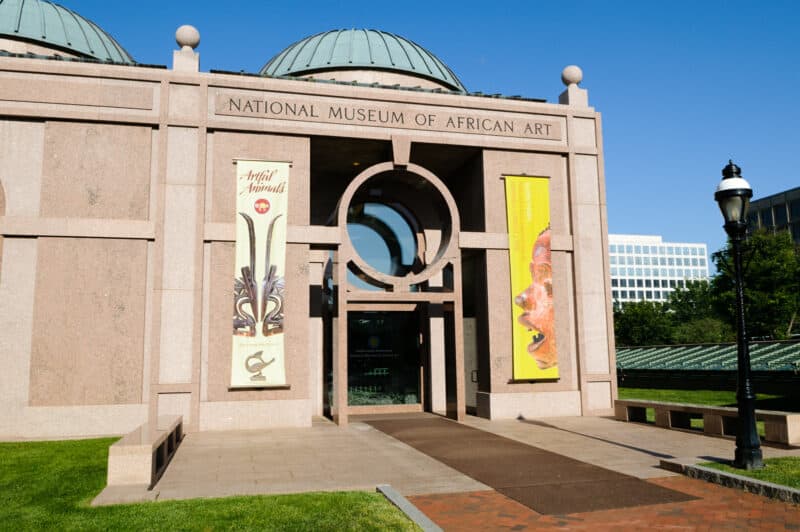
More About National Museum of African Art Washington DC
- Part of the Smithsonian Institution, the largest museum and research complex in the world
- Established in 1964 by Warren Robbins in a Capitol Hill townhouse
- Became part of the Smithsonian Institution in 1979
- Dedicated to the study and conservation of Africa’s visual arts
- The permanent collection includes over 12,000 objects from ancient to contemporary African art
- Houses the renowned Walt Disney-Tishman African Art Collection
- Regularly organizes temporary exhibitions, educational programs, and workshops
- Offers free admission as a Smithsonian museum
The Smithsonian National Museum of African Art (NMAfA) is located in Washington DC and is part of the Smithsonian Institution. Founded by Warren Robbins in 1964, it was initially housed in a Capitol Hill townhouse before becoming part of the Smithsonian in 1979. The museum’s mission is the diffusion of knowledge about the visual arts of Africa, celebrating the continent’s rich artistic heritage and cultural diversity.
The NMAfA boasts a permanent collection of over 12,000 objects, representing ancient to contemporary African art, including sculptures, textiles, ceramics, and photographs. One of the museum’s highlights is the Walt Disney-Tishman African Art Collection, which features a wide range of artworks that demonstrate the passion, skill, and creativity of African artists. The museum also plays a vital role in the conservation and study of these works, ensuring their preservation for future generations.
In addition to the permanent collection, the National Museum of African Art regularly organizes temporary exhibitions that showcase various themes, styles, and periods of African art. These exhibitions often explore the connection between art, myth, rituals, politics, and the daily lives of African people. The museum also hosts educational programs, workshops, and performances, providing visitors with a deeper understanding of Africa’s rich artistic traditions.
What’s Nearby to the National Museum of African Art Washington DC
- Smithsonian Institution Building (The Castle)
- Freer Gallery of Art
- Hirshhorn Museum and Sculpture Garden
- National Museum of African American History and Culture
- United States Botanic Garden
- National Gallery of Art
How to Get to the Smithsonian’s African Art Museum
The museum is under the garden at the back of the Smithsonian Castle. From the National Mall, go through or around the Castle. From Independence Avenue, just go through the gates. The closest metro stop is Smithsonian (Orange and Blue lines); L’Enfant Place (Orange, Blue, Yellow, and Green lines) is only a couple of blocks away. Depending on the day of the week and time of day, there’s some metered on-street parking, but that’s first-come-first-served and can be hard to come by.
Taking Photos at the Smithsonian’s African Art Museum
In general, personal photography is allowed and even encouraged (along with suggested Instagram hashtags). But there are some exhibits where it’s not allowed, so check the signs in each gallery.
Flash isn’t permitted anywhere, nor are tripods. Many of the galleries are quite dark, so plan on using a high ISO.
